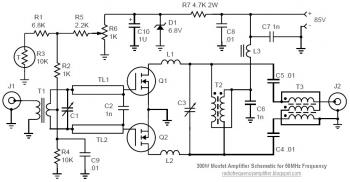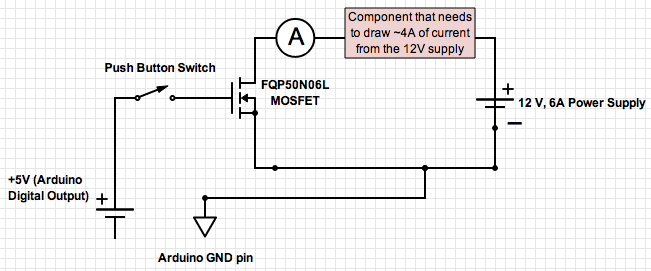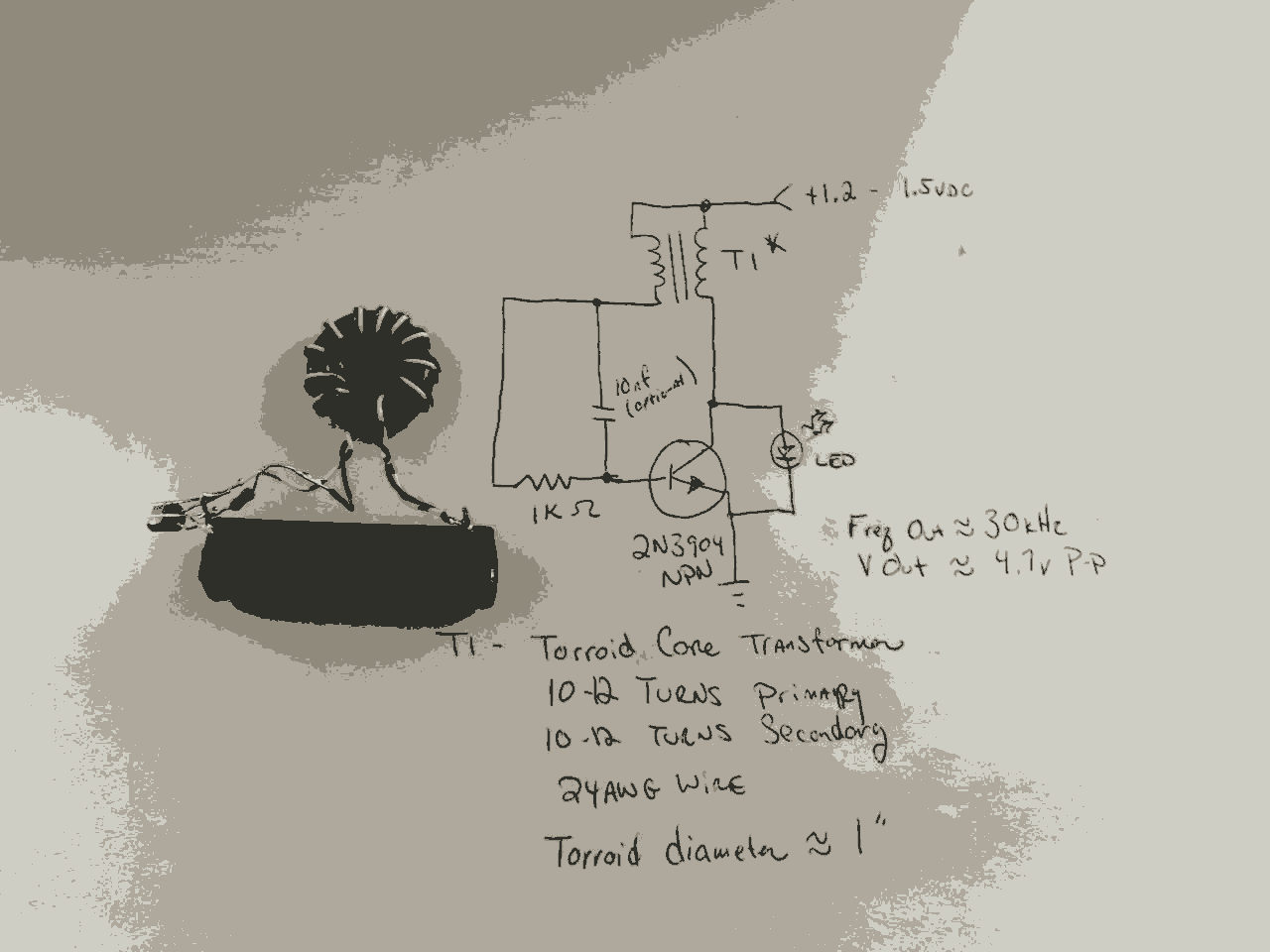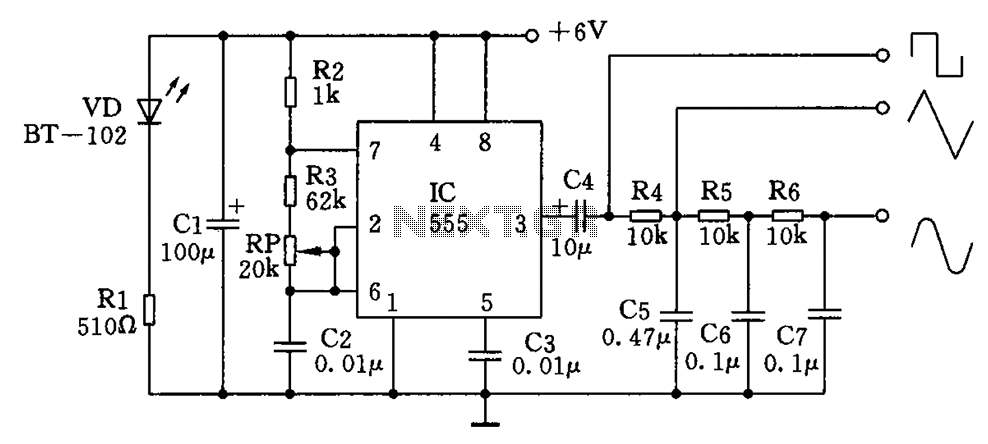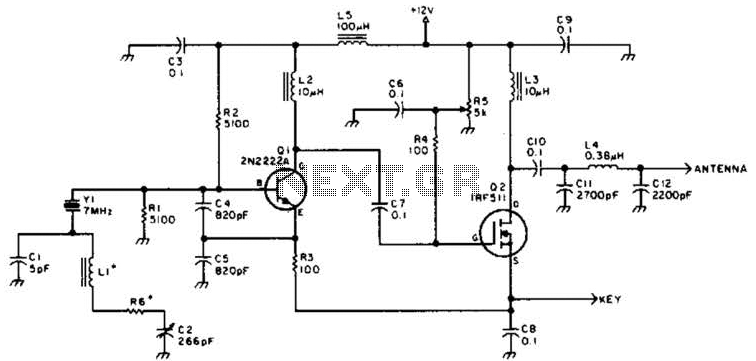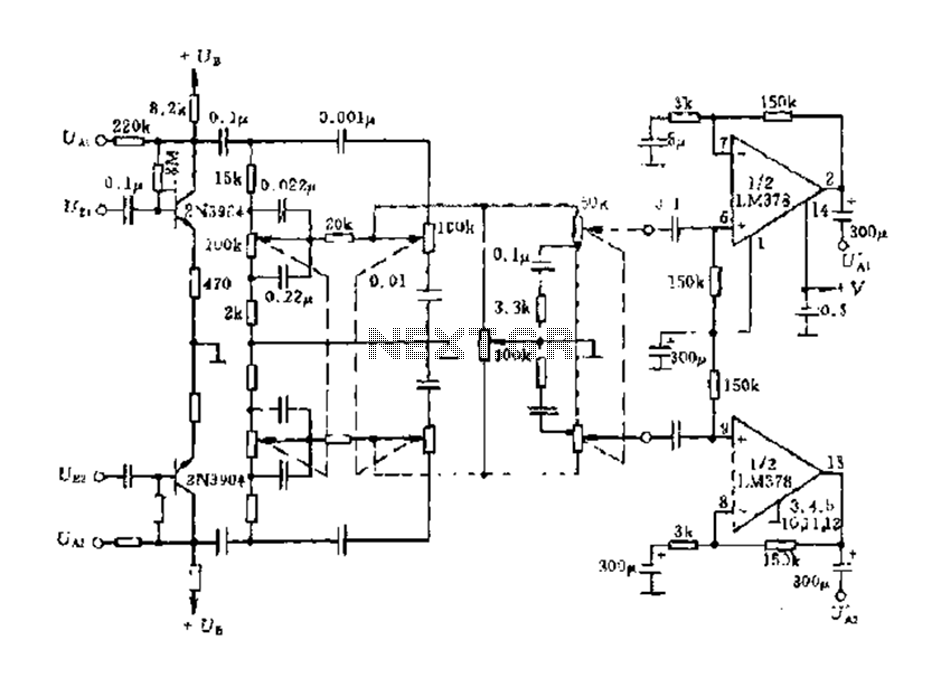
automatic loudness control circuit schematic
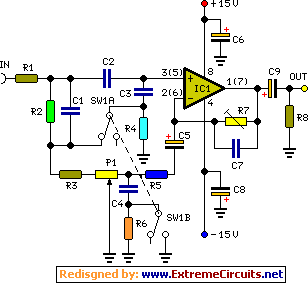
To achieve optimal audio reproduction at varying listening levels, it is essential to adjust tone control settings to align with the established characteristics of human auditory perception. The sensitivity of the human ear changes non-linearly across the entire audible frequency spectrum, as illustrated by Fletcher-Munson curves.
The implementation of tone controls in audio systems is crucial for compensating for the ear's frequency response at different sound pressure levels. The Fletcher-Munson curves, which depict equal-loudness contours, indicate that at lower volumes, the human ear is less sensitive to low and high frequencies compared to mid-range frequencies. This phenomenon necessitates the incorporation of adjustable tone controls that can modify the bass, midrange, and treble levels to enhance the listening experience.
A typical audio circuit may include a preamplifier stage, where the audio signal is first processed. Following this, a tone control circuit can be integrated, often utilizing operational amplifiers (op-amps) configured in a feedback arrangement to create bass and treble boost/cut functionality. The control interface may consist of potentiometers allowing users to adjust the gain of specific frequency bands.
For instance, a low-pass filter can be employed to adjust the bass frequencies, while a high-pass filter can manage treble frequencies. The design may also incorporate a band-pass filter for mid-range adjustments. The output of the tone control circuit feeds into the power amplifier stage, which drives the speakers.
In summary, a well-designed tone control circuit is essential for achieving balanced audio reproduction that caters to the non-linear sensitivity of the human ear, ensuring an enhanced listening experience across various volume levels.In order to obtain a good audio reproduction at different listening levels, a different tone-controls setting should be necessary to suit the well known behavior of the human ear. In fact, the human ear sensitivity varies in a non-linear manner through the entire audible frequency band, as shown by Fletcher-Munson curves..
🔗 External reference
The implementation of tone controls in audio systems is crucial for compensating for the ear's frequency response at different sound pressure levels. The Fletcher-Munson curves, which depict equal-loudness contours, indicate that at lower volumes, the human ear is less sensitive to low and high frequencies compared to mid-range frequencies. This phenomenon necessitates the incorporation of adjustable tone controls that can modify the bass, midrange, and treble levels to enhance the listening experience.
A typical audio circuit may include a preamplifier stage, where the audio signal is first processed. Following this, a tone control circuit can be integrated, often utilizing operational amplifiers (op-amps) configured in a feedback arrangement to create bass and treble boost/cut functionality. The control interface may consist of potentiometers allowing users to adjust the gain of specific frequency bands.
For instance, a low-pass filter can be employed to adjust the bass frequencies, while a high-pass filter can manage treble frequencies. The design may also incorporate a band-pass filter for mid-range adjustments. The output of the tone control circuit feeds into the power amplifier stage, which drives the speakers.
In summary, a well-designed tone control circuit is essential for achieving balanced audio reproduction that caters to the non-linear sensitivity of the human ear, ensuring an enhanced listening experience across various volume levels.In order to obtain a good audio reproduction at different listening levels, a different tone-controls setting should be necessary to suit the well known behavior of the human ear. In fact, the human ear sensitivity varies in a non-linear manner through the entire audible frequency band, as shown by Fletcher-Munson curves..
🔗 External reference
